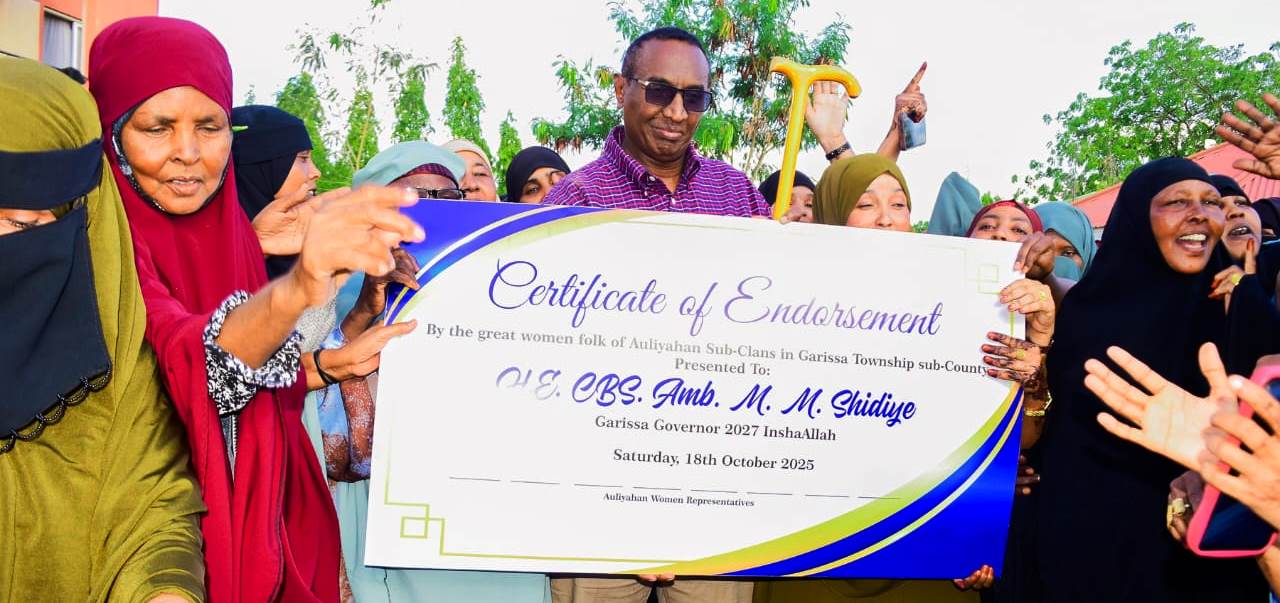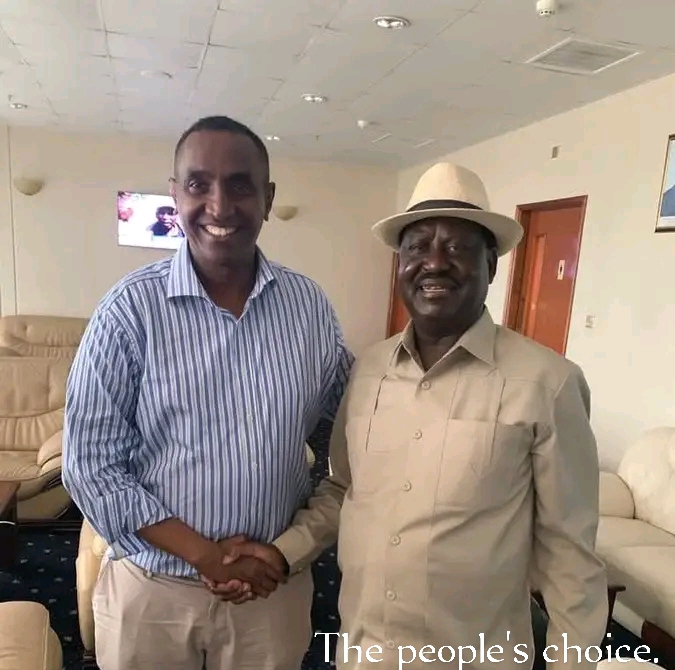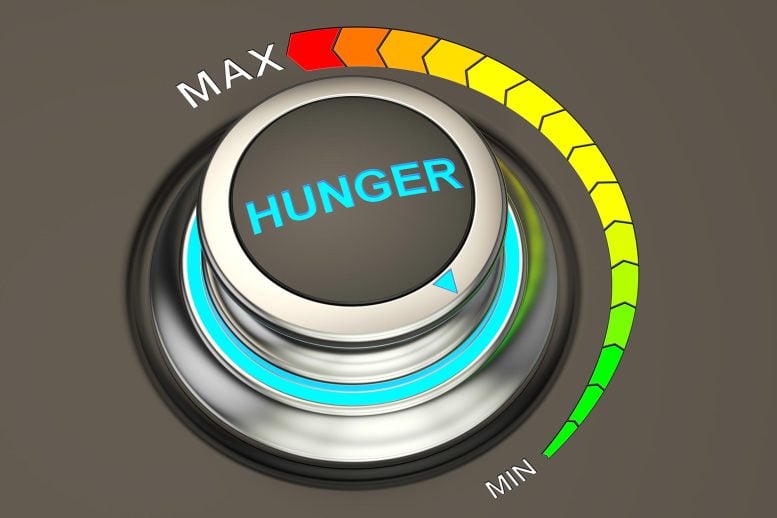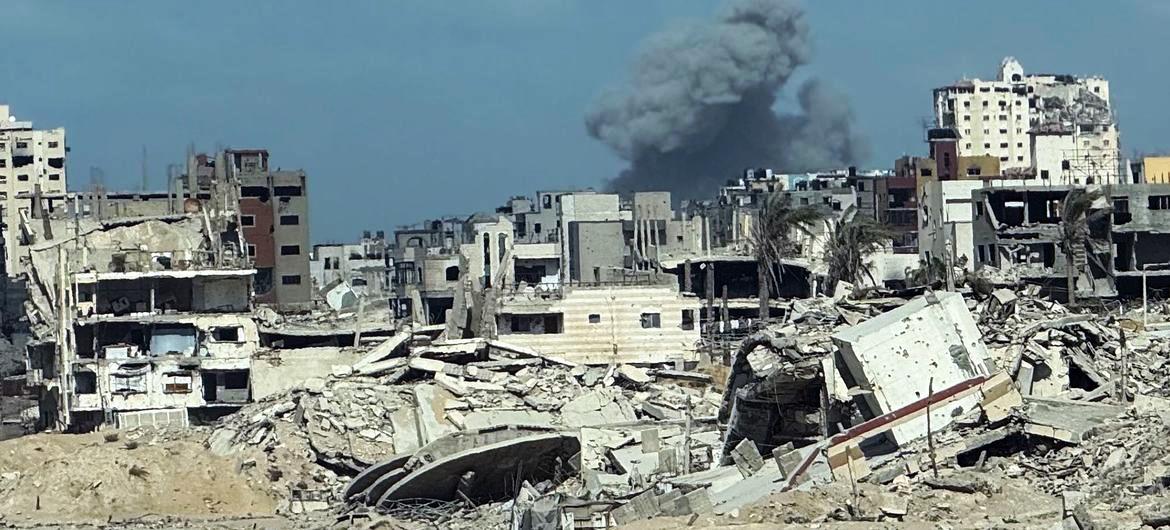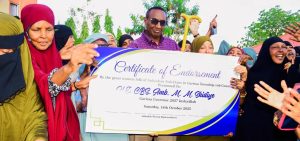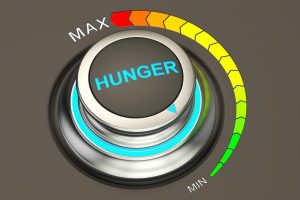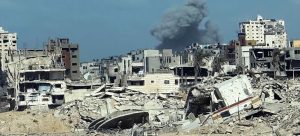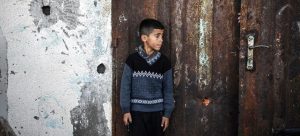A protester during last year’s Gen Z demonstrations. PHOTO/FILE
By EW TEAM
newshub@eyewitness.africa
What began as a solemn commemoration of one of Kenya’s most significant democratic milestones ended in bloodshed, heartbreak, and renewed calls for justice, as at least ten people were killed, 29 injured, two abducted, and 37 arrested during the 35th Saba Saba anniversary marked by nationwide protests on Monday.
According to the Kenya National Commission on Human Rights (KNCHR), the chaos spread across 17 counties as the country’s youth, largely from Generation Z, poured into the streets to decry economic hardship, joblessness, rising taxes, and a government they say has failed them.
The air was heavy with grief and anger in Nairobi’s Central Business District, where streets that normally hum with life fell silent. Businesses, malls, banks, restaurants, and even matatus kept their doors shut, fearing the worst.
The city centre, once a symbol of resilience and commerce, resembled a ghost town, a haunting canvas on which the young painted their desperation.
For many, this year’s Saba Saba was more than a date on the calendar. It was a breaking point.
From Nairobi to Mombasa, Nakuru to Kakamega, Gen Z protesters marched with placards, chanted freedom songs, and livestreamed their cries to the world. The pain was palpable, their message heartbreakingly clear: “We are not okay.”
They dressed in black, a mourning cloth for dreams deferred. They demanded dignity, jobs, affordable livin, things that feel like luxuries in a country where corruption, inflation, and unemployment are a daily burden.
For them, Saba Saba was no longer just about the past. It was about a future they feel is slipping away.

Raila Odinga. PHOTO/File.
What makes this year different is not just the scale of the protests, but their digital heartbeat. Through hashtags like #SabaSaba2025, #OccupyCBD, and #GenZUprising, young Kenyans turned social media into a battleground of truth and mobilisation.
They coordinated meetups, documented police interactions, and offered safety tips. The protest, born in memory, became a movement forged in tweets, posts, and reels.
Despite organisers insisting on peaceful demonstrations, violence broke out in several regions. By evening, reports of gunshots, arrests, and disappearances marred what had largely been orderly marches earlier in the day.
The KNCHR’s grim statistics: 10 dead, 29 injured, tell a story of tragedy. Two protesters were reportedly abducted in broad daylight, while 37 others were arrested in scenes that triggered memories of darker political days.
Curiously, Nairobi’s usual battalion of riot police was largely absent. Unlike past protests, only a sparse presence of uniformed and plainclothes officers was seen, many in unmarked vehicles.
Their absence, though welcomed by some as a sign of restraint, left others wondering whether it was a deliberate withdrawal or a setup for darker consequences.
At the city’s few open establishments, a quiet bravery was evident. Red Robin Restaurant on Moi Avenue, one of the rare businesses to remain open, became a symbol of defiance and unity, feeding protesters, journalists, policemen and passersby with quiet dignity.
Thirty-five years ago, on 7 July 1990, opposition among them ODM leader Raila Odinga, Siaya Governor James Orengo, lawyers Gitobu Imanyara, Paul Muite among others and civil society organisations defied Kenya’s one-party rule under KANU, demanding multiparty democracy.
The original Saba Saba protest was met with state brutality, but it sowed the seeds of democratic reform.

Police IG Douglas Kanja. PHOTO/File.
This year, a different generation stood on those same ideals, not against one-party rule, but against an economic and political system they say has abandoned them.
Their demands are not just for multiparty democracy, that battle, they say, was won, but for meaningful, inclusive governance that listens and responds.
Yet, the price they are paying is tragically familiar.
As dusk fell over Nairobi, business owners peeked out of shuttered windows, cautiously watching the last of the demonstrators retreat.
The day had been tense. Many wondered when, or whether, they could safely reopen. The silence, broken only by the occasional shout or car horn, hung heavy.
Analysts believe the 2025 Saba Saba could mark a watershed moment in Kenya’s socio-political history. It may be remembered not just for its tragic toll, but for reigniting a national conversation about justice, accountability, and youth inclusion in decision-making.
“What Gen Z has done is remind the nation that democracy is not a one-time achievement,” said political analyst Dr. Wanja Kariuki. “It is a living, breathing thing and it requires constant nurturing.”
For now, Kenya mourns. It mourns the young lives lost, the blood spilled, the hope tested. But beneath the sorrow, a spark has been lit , one that may yet grow into a fire of change, driven by the very generation that took to the streets with nothing but their voices, their phones, and their courage.
